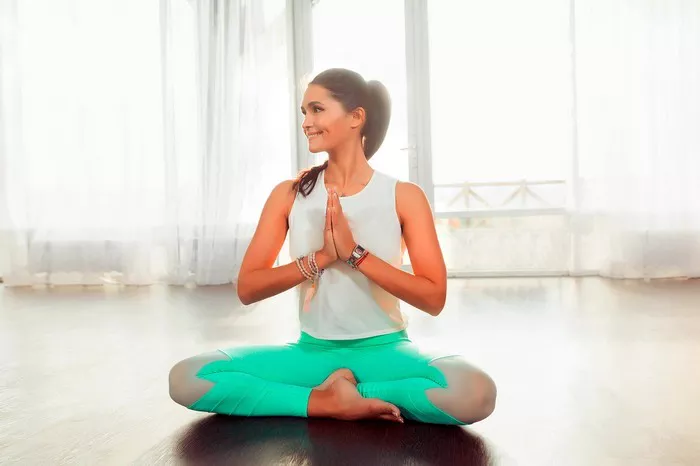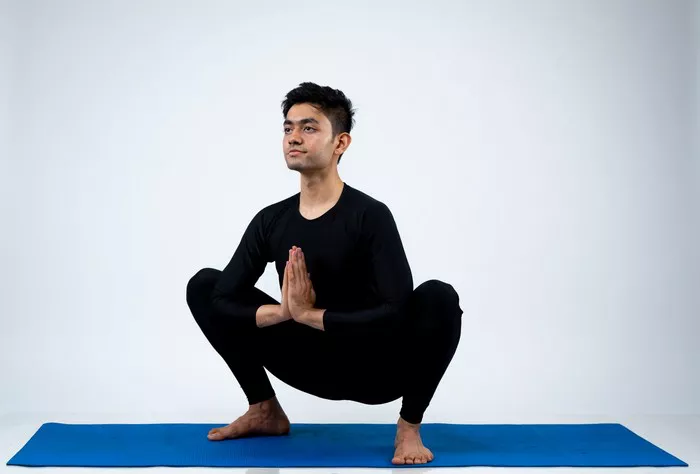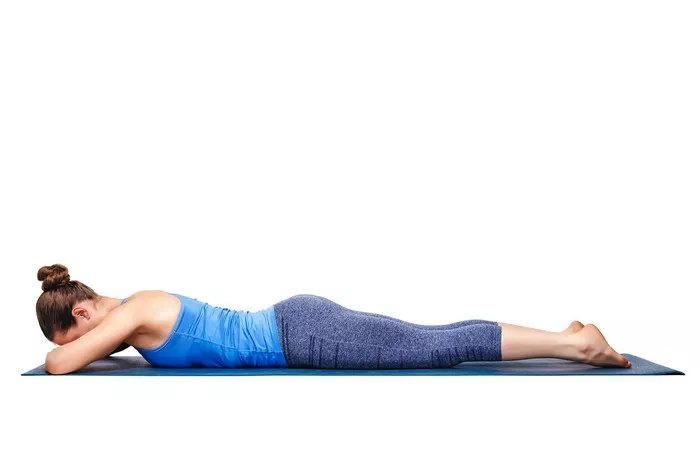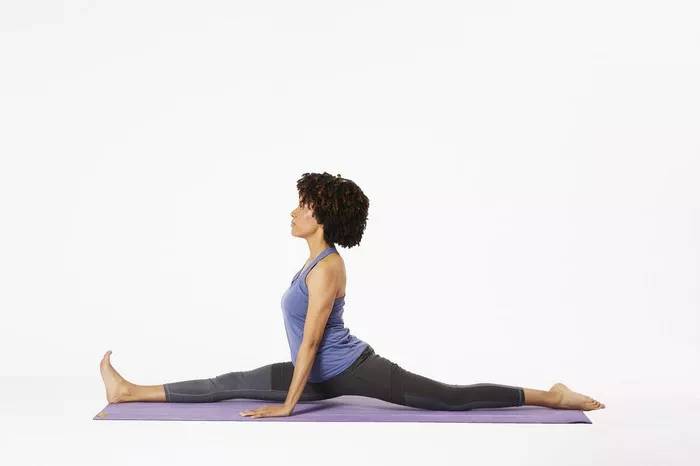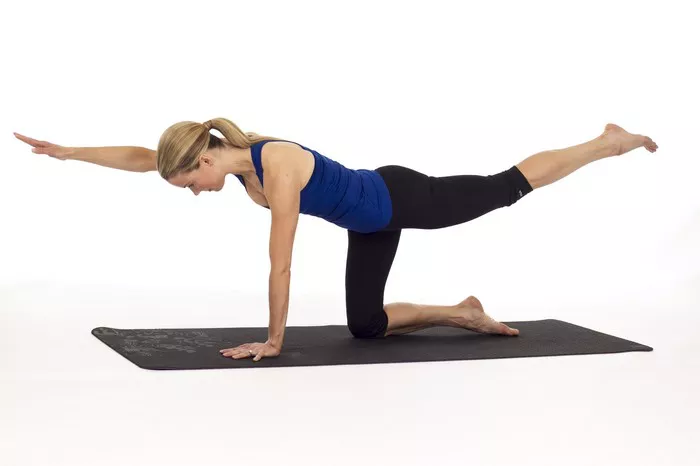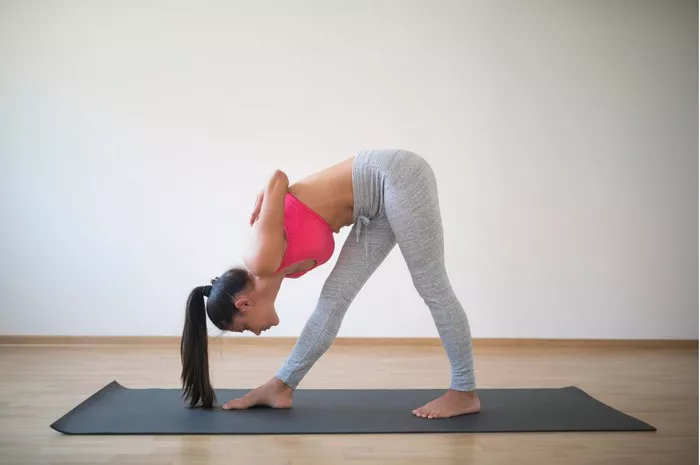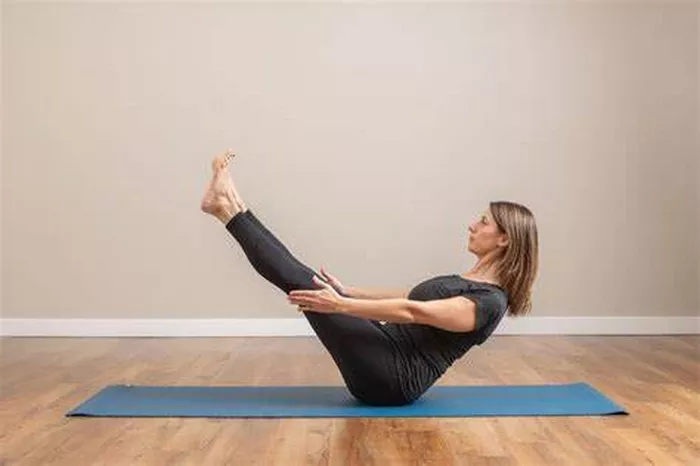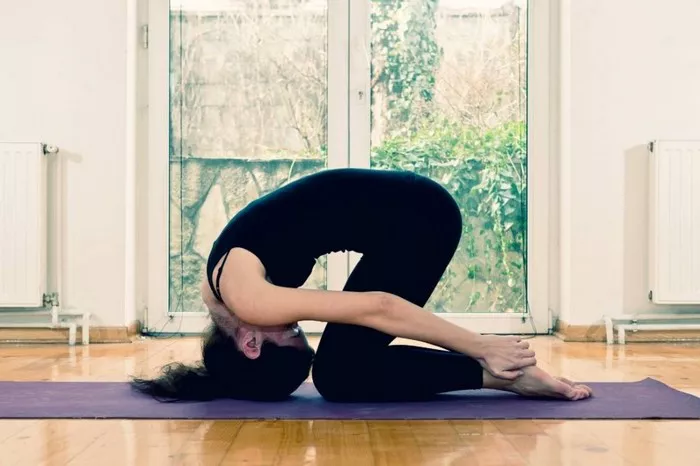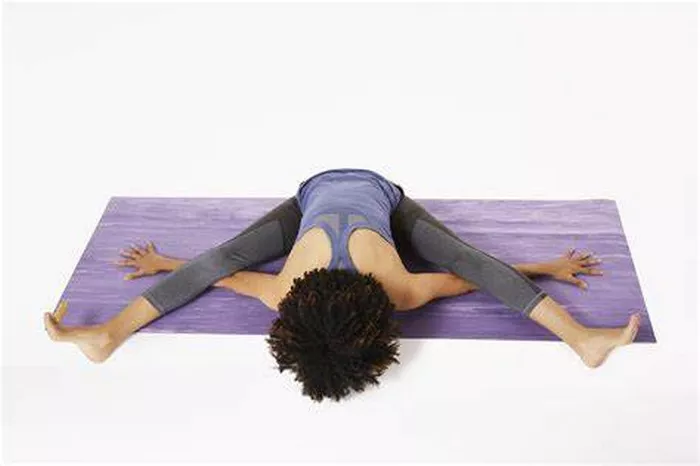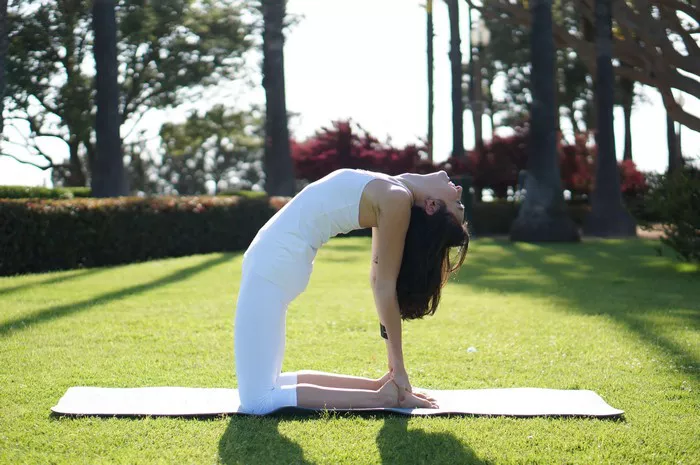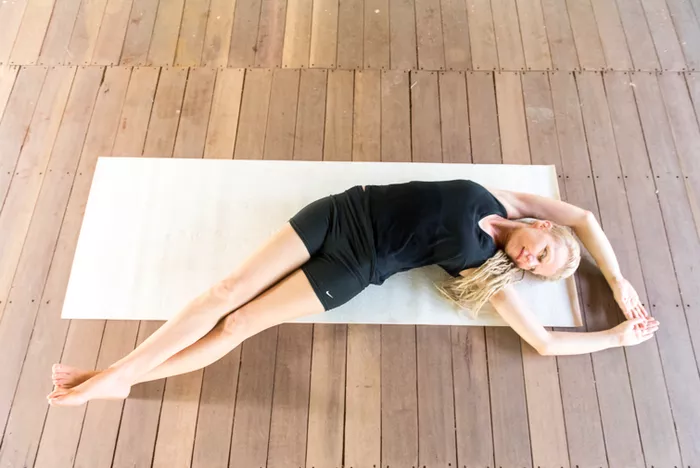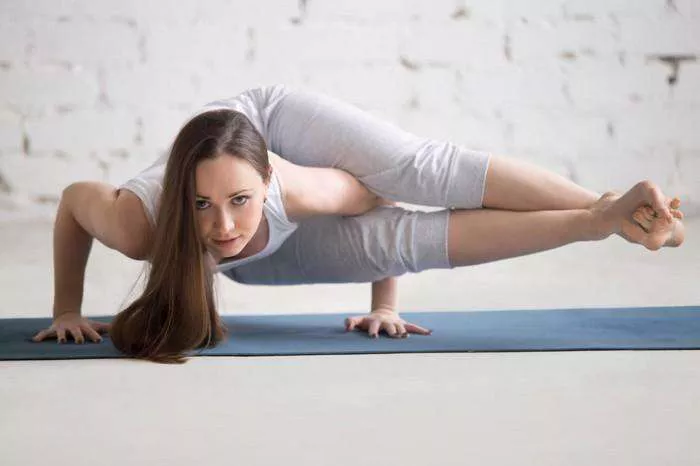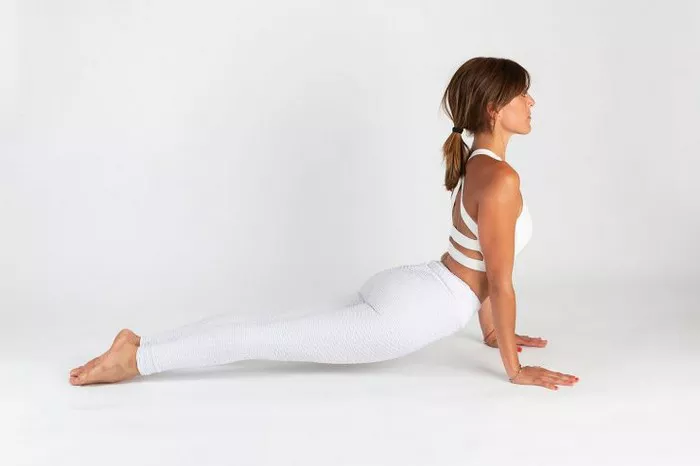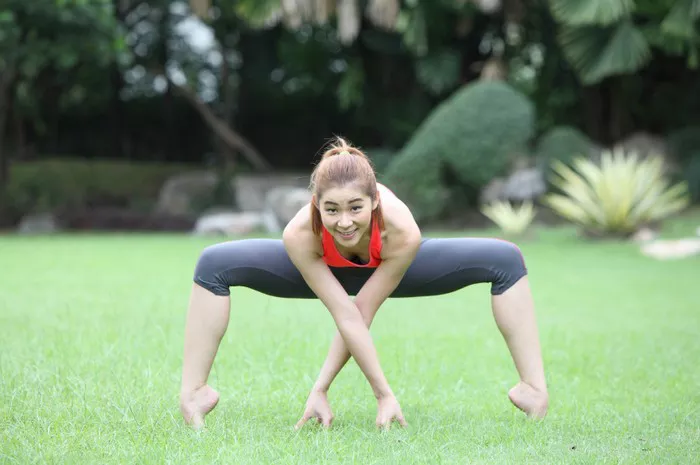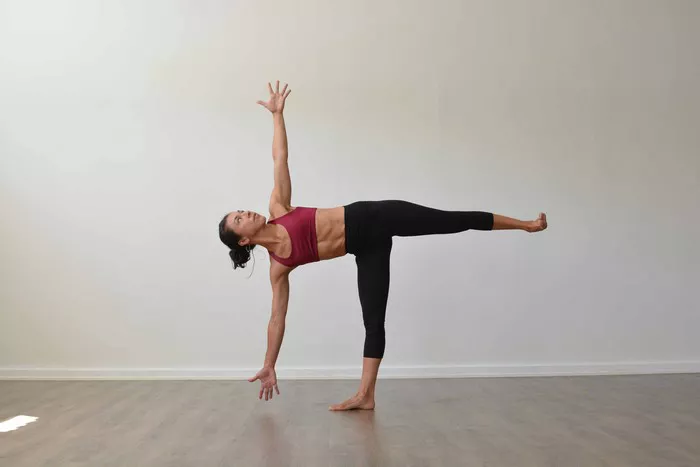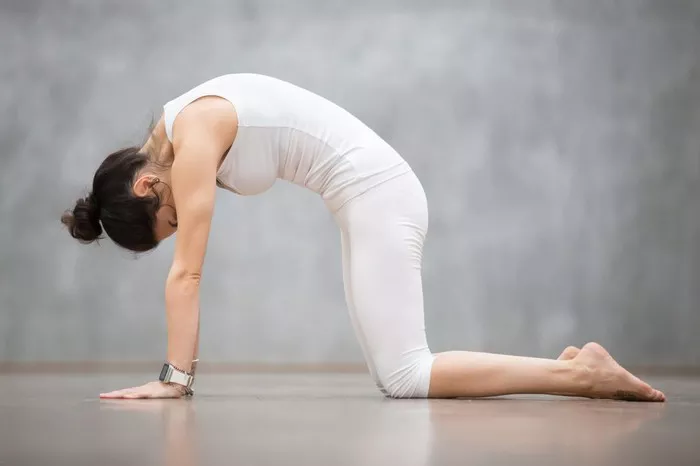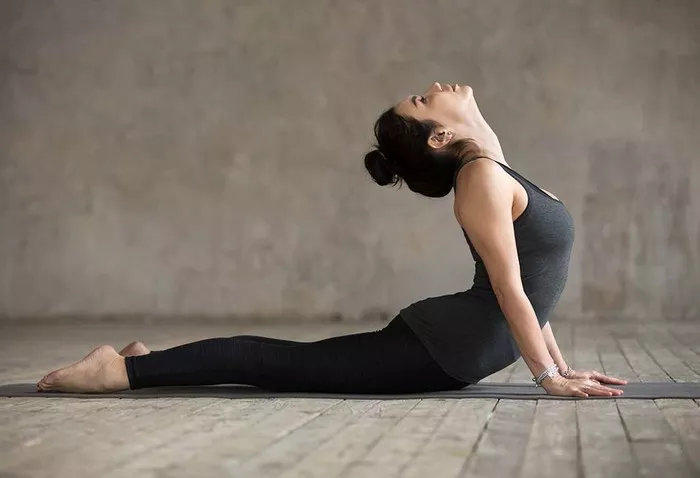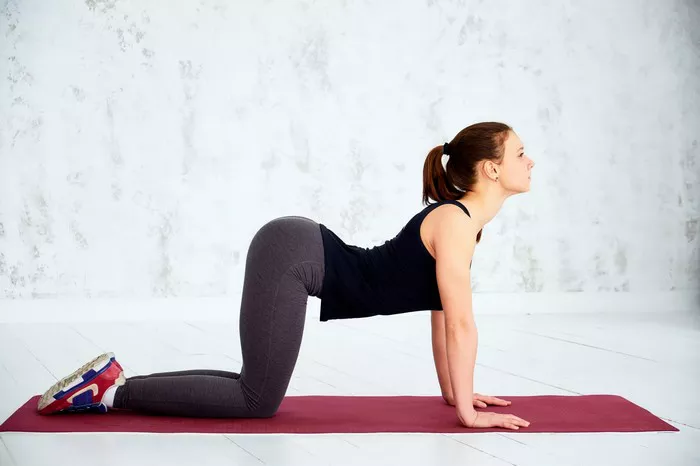The Cobra Pose, known in Sanskrit as “Bhujangasana,” is one of the most iconic and foundational postures in the practice of yoga. Its graceful, upward-arching form resembles a cobra lifting its hood, a powerful symbol in many cultures. Despite its simplicity, the pose carries profound physical, emotional, and spiritual benefits. But where did Cobra Pose come from? What are its origins, and how has it evolved over time? In this article, we will explore the historical roots, cultural significance, and modern-day application of Cobra Pose in yoga practice.
The Historical Roots of Yoga
To understand the origins of Cobra Pose, we must first look at the broader history of yoga. Yoga is an ancient spiritual discipline that originated in India over 5,000 years ago. Its early foundations are found in the Indus Valley Civilization, where seals depicting figures in meditative postures have been discovered.
The term “yoga” itself comes from the Sanskrit root “yuj,” meaning to yoke or unite. Traditionally, yoga was a path to spiritual enlightenment, aimed at uniting the individual soul with the universal consciousness. Over millennia, yoga evolved into several branches, including Hatha Yoga, which places a strong emphasis on physical postures, or asanas.
The Emergence of Asanas
The concept of physical postures began to take shape more clearly around 200 CE with the compilation of the “Yoga Sutras” by the sage Patanjali. Interestingly, the Yoga Sutras focus very little on asanas, mentioning them only as a means to achieve steadiness and comfort for meditation. It wasn’t until much later, particularly during the medieval and modern periods, that asanas began to take a central role in yoga practice.
Medieval texts such as the “Hatha Yoga Pradipika” and the “Gheranda Samhita” detailed numerous postures, breathing techniques, and cleansing practices. Cobra Pose, or Bhujangasana, is one of the asanas described in these texts, indicating that it has been practiced for centuries.
Meaning and Symbolism of Bhujangasana
The word “Bhujangasana” comes from two Sanskrit words: “Bhujanga,” meaning serpent or snake, and “Asana,” meaning pose or posture. In Indian mythology, the serpent is a symbol of energy, transformation, and awakening. Serpents, or “nagas,” are revered as powerful beings, often associated with water and fertility, and in yogic symbolism, they represent the dormant energy called “kundalini” that lies coiled at the base of the spine.
When a practitioner performs Bhujangasana, they mimic the rising motion of a cobra lifting its hood. This action not only stretches and strengthens the spine but also symbolizes the awakening of inner energy. The pose serves as a metaphor for rising consciousness and spiritual emergence.
The Role of Cobra Pose in Hatha Yoga
In Hatha Yoga, Cobra Pose is often practiced as part of a series of postures that aim to purify and prepare the body for deeper spiritual practices. It is commonly found in sequences like Surya Namaskar (Sun Salutation), where it is performed in coordination with breath to build heat and vitality.
Cobra Pose is also closely linked to the concept of “prana,” or life force energy. By opening the chest and stimulating the spine, the pose encourages the free flow of prana throughout the body. This is believed to enhance physical vitality and mental clarity.
Physical and Therapeutic Benefits
From a physiological perspective, Bhujangasana offers numerous benefits:
Spinal Flexibility and Strength: It strengthens the muscles of the back, shoulders, and arms while improving spinal flexibility.
Chest and Lung Expansion: The pose opens up the chest, facilitating deeper breathing and improving lung capacity.
Digestive Health: By stimulating abdominal organs, Cobra Pose can aid digestion and alleviate constipation.
Mood Enhancement: The gentle backbend is known to relieve stress, combat fatigue, and uplift mood by stimulating the adrenal glands.
Posture Correction: Regular practice can help correct poor posture and alleviate back pain caused by sedentary lifestyles.
The Spiritual Dimension
Beyond the physical, Cobra Pose also plays a significant role in spiritual development. In Kundalini Yoga, Bhujangasana is believed to help awaken the kundalini energy coiled at the base of the spine. As this energy rises, it passes through the chakras, or energy centers, bringing about heightened awareness and spiritual enlightenment.
The heart-opening aspect of the pose also correlates with the Anahata Chakra, the center of love and compassion. Practicing Cobra Pose mindfully can help release emotional blockages and foster a sense of openness and vulnerability.
Cobra Pose in Modern Yoga
With the global spread of yoga in the 20th and 21st centuries, Cobra Pose has become a staple in yoga studios around the world. Its adaptability makes it suitable for practitioners of all levels.
Modern yoga schools like Ashtanga, Vinyasa, and Iyengar all incorporate Cobra Pose, though with slight variations in technique and alignment. For instance, some styles encourage a deeper backbend with extended arms, while others focus on engaging the core and keeping the elbows slightly bent.
Cobra Pose is also widely recommended in therapeutic yoga for those recovering from injury or dealing with chronic pain. Its gentle yet effective nature makes it a go-to posture for building foundational strength and mobility.
Precautions and Modifications
Despite its benefits, Cobra Pose should be approached with care, especially for individuals with certain health conditions:
Back Injuries: Those with serious spinal issues should consult a healthcare professional before practicing.
Pregnancy: Deep backbends are generally not advised during pregnancy.
Carpal Tunnel Syndrome: The pose places pressure on the wrists, which may aggravate symptoms.
Modifications can include:
- Performing the pose with forearms on the ground (Sphinx Pose)
- Using props like yoga blocks for support
- Engaging in gentle warm-up exercises to prepare the spine
Integrating Cobra Pose into Daily Practice
To experience the full benefits of Bhujangasana, it should be integrated mindfully into a balanced yoga routine. Combining Cobra Pose with forward bends, twists, and relaxation poses creates a holistic sequence that nurtures both body and mind.
Breath awareness is crucial. Inhaling as you rise into the pose and exhaling as you release helps synchronize movement with breath, enhancing the meditative quality of the practice.
Conclusion
Cobra Pose, or Bhujangasana, is more than just a physical posture. Rooted in ancient traditions and rich in symbolic meaning, it serves as a bridge between the physical and the spiritual, the past and the present. Its journey from the sacred texts of India to modern yoga studios around the globe illustrates the timeless relevance of yoga as a holistic practice.
By understanding the origins and deeper dimensions of Cobra Pose, practitioners can approach it with greater respect, mindfulness, and intention. Whether you’re a seasoned yogi or a beginner, incorporating Bhujangasana into your practice can lead to profound physical health and inner transformation.
Related Topics:

